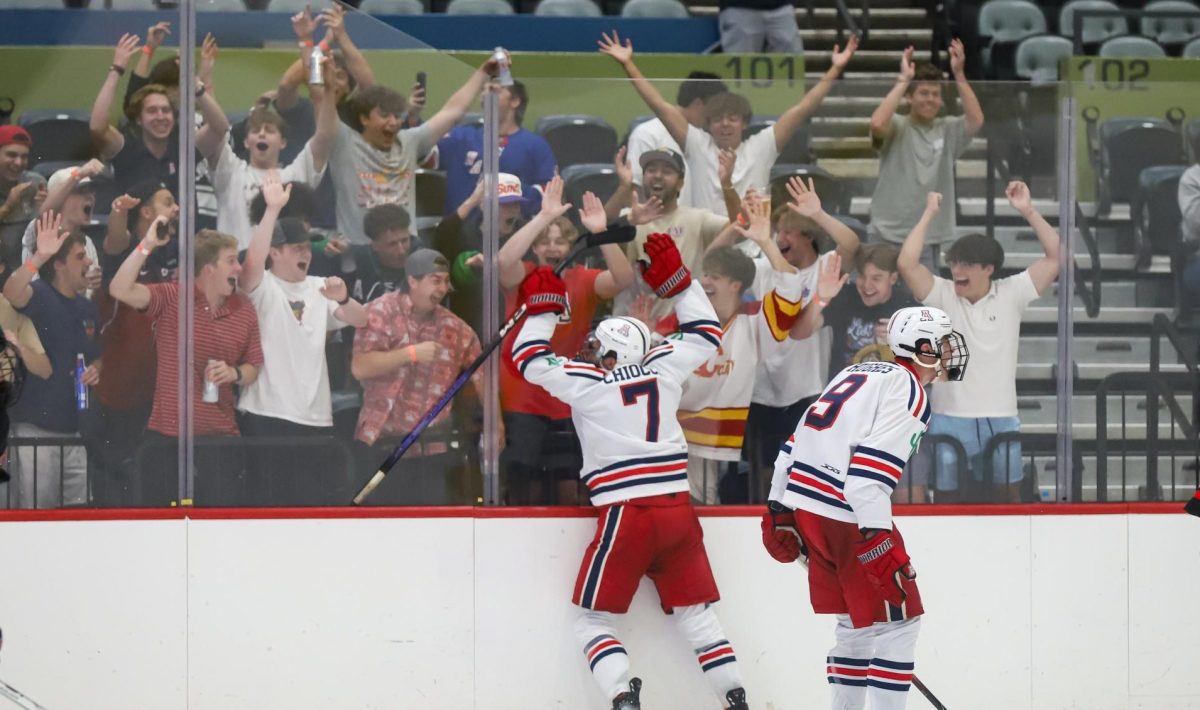BOSTON — The MIT Sloan Sports Analytics Conference has grown greatly in its popularity over the past few years.
Houston Rockets General Manager Daryl Morey and VP of Customer Marketing & Strategy for the Kraft Sports Group Jessica Gelman founded the conference in 2006.
The inaugural 2007 Sloan Conference had less than 200 attendees. It was a one-day event that featured nine different panels that took place in various classrooms across the MIT campus. This weekend’s 2014 conference had more than 2,000 attendees, took place over two days in the giant Hynes Convention Center and featured a multitude of different panels and eight research paper presentations.
As it has grown in popularity, it has begun to outlive the old “Dorkapalooza” moniker ESPN’s Bill Simmons gave it in 2009. Whereas the old conference was more about statistical innovations with a heavy focus on the math, the new focus is one of communication.
How do the stat geeks sell these concepts to the jocks? How do coaches get their players to shoot more 3-pointers and fewer long twos?
Though it is still sold as an analytics conference, it really isn’t that analytical anymore. In drawing big names like Phil Jackson, Stan Van Gundy and Drew Carey — yes, that Drew Carey (he’s an owner of the Seattle Sounders of Major League Soccer) — the conference has evolved from its humble beginnings of white boards and algorithms.
The conversation has shifted from the specific analytics being used to coaches or executives talk about broadly how they use the numbers.
“Last year, and from the papers and presentations the year before, Sloan had entered a middle ground,” ESPN reporter Andrew Lynch said. “There were a lot of people there, but the sense of discovery and novelty was still in the air. This year, that shifted a little bit. There seemed to be an increased emphasis on proprietary data and selling certain technologies. Both of those things have been a part of Sloan, but they were more at the fore this year.”
Lynch, a University of Arizona graduate, said that isn’t necessarily a bad thing.
“This is sort of the natural order of tings,” Lynch said. “As a particular market or tactic grows, it becomes commoditized.”
As the conference grew in size and popularity throughout the years, it was always going to become more and more commercial.
It runs simultaneous panels and research paper presentations throughout each of the two days. The panels are hit-and-miss. Some are entertaining with intelligent conversations. Others are banal conversations that more closely resemble sports radio.
The research papers are typically more educational. Notable subjects of papers included teaching computers to automatically chart on-ball screens in basketball and a presentation on using new in-arena cameras to track rebounding position. For those already well-versed in the analytic world, the information is interesting, but not necessarily new. Sloan’s past revelations are now a part of everyday conversation.
“The genie’s out of the bottle,” Lynch said.
Although Sloan lacked innovation this year, that doesn’t mean it’s outlived its usefulness. At the very least, it serves as a great networking event.
Writers who may be acquaintances over social media have the chance to put faces to names. Fans of writers can meet the folks whose work they read on a weekly basis. Old friends reconnect, and new friendships are born.
Many job-seekers attend the conference. They come in suits and ties with résumés in hand. ESPN, a Sloan sponsor, had a career booth where applicants could drop off their information.
Start-up companies have booths and market themselves, hoping that a team will buy what they’re selling. The convention center is crawling with team executives from across multiple sports. Wide-eyed job seekers hunt them down, trying to pitch that one idea that will get them to stand out.
The highlight of the weekend was a lively one-on-one conversation between esteemed author Malcolm Gladwell and Adam Silver, the new NBA commissioner. Gladwell brought the heat, grilling him on a plethora of issues, such as teams not paying property taxes. It was Gladwell’s idealism taking offense to the corporate practices of the NBA. In a way, it served as an allegory for the conference.
There were some Sloan veterans that expressed dissatisfaction. They recognize now that the conference is more of a networking event, rather than enlightenment on new innovations. They’ll still attend future conferences, because it is an important event, but there’s an understanding that the Sloan Conference is more likely to move further away from its roots than back to them.
—Follow Taylor Armosino @tarmosino








